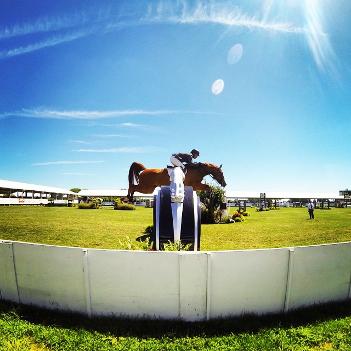Sacro-Occipital Technique
The advancement of chiropractic coupled with the original cranial therapy of Dr. Sutherland of the 1930’s led to the formation of a powerful chiropractic technique.
Developed by Major Bertrand DeJarnette, D.C., Sacro-Occipital Technique (SOT) is a comprehensive method for diagnosis and the application of chiropractic. Dr. DeJarnette applied the principles of engineering, cranial osteopathy, and chiropractic to his conception of the body as a three-dimensional matrix. It is a vision that sees the interrelationship between cranial function, cerebrospinal fluid flow, and meningeal dynamics, coupled with glandular influence. The emphasis on physical form (musculo-skeletal) affecting physiology (organ function) rounds out the vision of this incredible chiropractor.
The understanding of the association among these different aspects has helped chiropractic move past the mechanical model and bridges the gap between structural work and energy fields.
The category system of patient analysis offers the practitioner and client a logical, balanced approach to healthcare. The SOT indicators enable the chiropractor to monitor the effectiveness of the approach. Because healing is a process, ‘problems’ or challenges are bound to occur if we are progressing in a course of therapy. As in life, it is how we meet these challenges that is the real lesson. Not to shy away but to truly be an observer. Dr. DeJarnette taught that spinal subluxations and other problems can have emotional, chemical, and physical causes and it follows that if we are truly on a quest for self-fulfillment, we need to address these aspects.
In SOT, a patient history, radiology reports, examination and structural analysis help the SOT chiropractor to makes judgments as to the best treatment approach. The pelvic blocking technique is an effective and gentle approach to many low back problems. Once we understand the dynamics of low back problems we can heal ourselves. By using appropriate, psychology, diet, stretching, and exercise we improve the effects of therapy and engage in our own healing,
SOT visceral (organ) techniques allow you to understand and treat the patient from a full-body point of view. Chiropractic Manipulative Reflex Technique (CMRT) is an organized and effective approach to dealing with the viscero-somatic (organ-musculo/skeletal) reflexes that are present in so many patients and that are a common cause of chronic symptoms including pain and spinal complaints. The occipital fibers located along the base of the occiput are based on the ability of the proprioceptive system to respond to muscles influenced by spinal subluxations (misalignments) and visceral and meningeal disturbances. With nutritional support, CMRT allows the SOT chiropractor to take a whole-person approach to health.
Arms & Legs
Extremity techniques are taught in SOT as part of its core curriculum since they are part of the treatment of the weight-bearing system and can influence cranial sacral respiration. Subluxations, or misalignments can happen in jaw joints (tmj) ribs, hands, wrists, elbows, and shoulders as well as in feet, ankles, knees, and hips.
Sports Injuries
A basic premise of chiropractic is that structure affects function so it is not difficult to see how it applies to sport related injuries.
Muscles have specialized tension-setting cells both in the belly of the muscle as well as in their tendons. The belly of the muscle is where the major work load as the fibers contract and tendons attach muscles to the bone so we can move.
Ligaments are non-contractile tissue that hold our joints together so the cable/lever mechanism, muscle and bone, can be smooth and strong.
If the bone to bone relationship is inappropriate, these soft tissues will have to compensate for the imbalance and therefore will not be able to perform at their optimum. The results may be muscle pulls, tendonitis, bursitis (inflammation of small lubricating sacks that allow soft tissue to glide over each other and bone), and pain.
This lack of optimum efficiency leads to lowered performance levels, injuries, and diminished inability to heal if injuries do occur and lowered response to rehabilitation.

Cranial Technique
Cranial Sacral Respiratory Mechanism
The cranial sacral mechanism is a combination of integrated tissues including bones, and soft tissue including tendons, ligaments, muscles, fascia and how they affect the flow of cerebrospinal fluid.
The spinal fluid system works through fluid dynamics to support, nourish, and enhance the performance of the nervous system as it controls bodily functions. The components of the cranial sacral respiratory include:
• motion of the sutures (joints of the cranium) along with cranial bone flexibility and positioning. • motion of the sacrum (tail bone) between the two hips known as the sacro-iliac joints.
• the dural membrane (the meningies or thin skin-like coverings of the central nervous system) and it’s compensating tension with its contact with the sutural system, the cranium, the upper cervical spine, and the sacral base.
• the inherent quality of the cerebral spinal fluid (csf) which pulsates and flows through the dural membrane system.
• the growth and inherent respiration of the brain and ventricles (brain areas where csf is produced).
All other systems of the body (endocrine, cardiovascular, respiratory, etc.) have both a direct and indirect relationship to the cranial sacral respiratory mechanism.